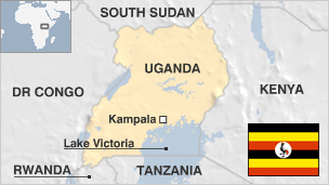
Facts and stats about Uganda
World Bank predictions state that the economic growth of Uganda can accelerate up to 6.5 percent this year as a result of macroeconomic strength and additional public investments. The East African nation has crude oil reserves projected at 3.5 billion barrels. It has been allocating substantial funds for national infrastructure projects such as roads, bridges and hydropower dams earlier than the start of crude production in 2016. The World Bank has already advised the Ugandan Government to expand its economic production and deal with raw goods locally to manage the problem of unemployment. Uganda can possible bring in another $2.5 billion from non-traditional trade partners in the region to close trade shortfall within the next five years. This can be achieved if the government decides to do away with barriers to commerce with its neighbours. At the same time, Uganda must go beyond the East African Community and include all parts of Sub-Saharan Africa. It can develop the economy further by creating deeper links between local producers and external markets. The government needs to remove restrictions in strategic industries like tourism, transport and logistics, education and professional services. Finally, Ugandan economic leaders have to spread out exports further than food products and cut down transport costs. What made things better for Uganda is the decrease in headline inflation from a high of 30 percent in 2011 to the five percent target of the World Bank. Uganda’s Central Bank has already changed its forecast for economic growth in the 2013 – 2014 (July-June) fiscal years to six percent, from an initial prediction of 5.1 percent. The World Bank is upbeat that Uganda can turn into a middle-income economy by 2040 if the government sustains economic stability to prop up the execution of continuing fiscal and structural policies.
- Agriculture 126
- Background 6
- Conflict 2
- Cost of living 53
- Crime 60
- Culture 20
- Economy 2812
- Education 437
- Energy 354
- Environment 186
- Geography 81
- Government 218
- Health 309
- Import 2
34.76 million
Population. Ranked 36th in 2013.
$547.01
GDP per capita. Ranked 166th in 2012.

197,100 sq km
Sq. km. Ranked 81st in 2008.